Other
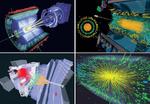
“Following the successful repair in August of a small leak in the insulation vacuum of the LHC inner triplet assembly near Point 8, beams returned on 30 August for the first long heavy-ion run of Run 3. Stable beams were …

“The NA61 experiment at CERN, also known as SHINE, has made new measurements that will help physicists work out the content of neutrino beams used in experiments in the US. At the time of the Big Bang, 13.8 billion …
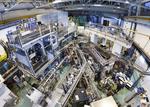
“The observation at CERN’s nuclear physics facility of a long-sought decay of the thorium-229 nucleus in a solid-state system is a key step towards a clock that could outclass today’s most precise atomic clocks Atomic clocks are the …

“Stefan Guindon, Christian Ohm and Caterina Vernieri describe the major ‘Phase II’ upgrades taking place to prepare the ATLAS detector for the High-Luminosity LHC. The discovery of the Higgs boson at the LHC in 2012 changed the landscape of high-energy …

“On 5 July, the LHC roared to life for its third run after three years of continual improvements to the machine as well as to the experiments’ detectors and analysis tools, and immediately reached a record energy of 13.6 …

“More than 17,000 photomultipliers for KM3NeT are already transmitting data from the Mediterranean seabed, opening a new vista on the neutrino’s properties. Paschal Coyle, Antoine Kouchner and Gwenhaël De Wasseige take a deep dive. In the dark abysses …
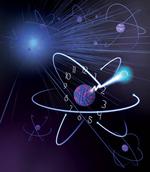
“Peter Thirolf, Benedict Seiferle and Lars von der Wense describe how recent progress in understanding thorium’s nuclear structure, and new upcoming results, could enable an ultra-accurate nuclear clock with applications in fundamental physics. For the past 60 years, the …
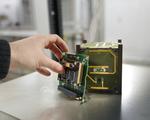
“With the launch of the CELESTA satellite for radiation monitoring in space, CERN shows its expertise in the field of radiation effects on electronics CELESTA, the first CERN-driven satellite, successfully entered orbit during the maiden flight of Europe’s …

“The collaboration has observed a new kind of “pentaquark” and the first-ever pair of “tetraquarks” The international LHCb collaboration at the Large Hadron Collider (LHC) has observed three never-before-seen particles: a new kind of “pentaquark” and the first-ever pair of …
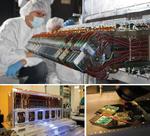
“The installation of LHCb’s all-new Vertex Locator is part of a major upgrade that will extend the experiment’s capabilities to search for physics beyond the Standard Model, describe Stefano de Capua, Wouter Hulsbergen and David Hutchcroft. The first …

